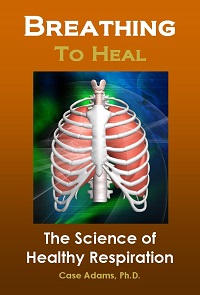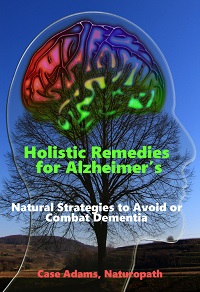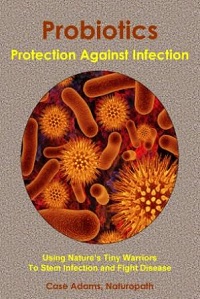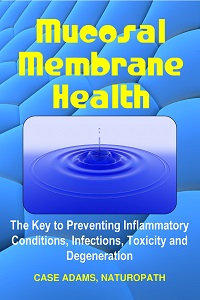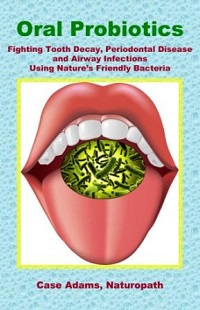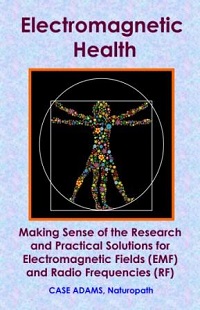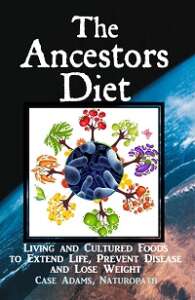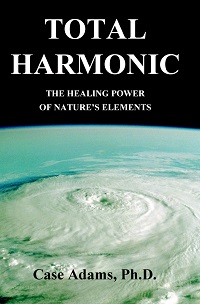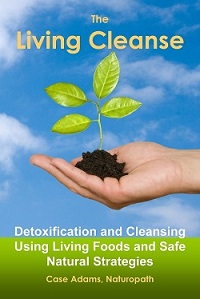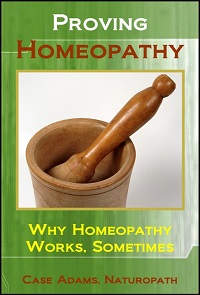Autism and Toxic Exposure
 A new study from Stanford University School of Medicine has found that autism has more to do with environmental factors that from heredity.
A new study from Stanford University School of Medicine has found that autism has more to do with environmental factors that from heredity.
This has surprised some health professionals because several previous studies showed that genetic issues were the main factor.
“Autism had been thought to be the most heritable of all neurodevelopmental disorders, with a few small twin studies suggesting a 90 percent link,” UCSF geneticist Neil Risch and an author of the study told CBS News. “It turns out the genetic component still plays an important role, but in our study, it was overshadowed by the environmental factors,” he said.
The study analyzed California health records to find 192 pairs of twins where one of the twins had autism. Both children had autism in 77% of the male identical twins and 50% of the female identical twins. However, 31% of the males and 36% of the females of fraternal twins (not identical) were found in both pairs, indicating that the environment has a lot to do with it.
This confirms findings that umbilical cord testing has shown that the umbilical cord blood of many mothers is tainted by large doses of environmental toxins.
Autism has grown in frequency among children from about 1 in 10,000 to about 1 in 157 children. While some researchers speculate that much of this is accounted for by increased diagnosis, the growth in diagnosis indicates other factors.
Logically, how could heredity account for this explosion of autism? It is simply too astounding to be explained away so simply.
In 2005, the Environmental Working Group published two studies that found toxins in umbilical cord blood of newborn babies born in the U.S. After screening more than 400 chemicals, 287 toxins were found within the umbilical cord blood of newborns and their mothers. Of these 287 toxic chemicals, 217 were found to be neurotoxins, and 208 have been found to damage growth development or cause birth defects.
These chemicals included polybrominated and polychlorinated dibenzodioxins, mercury, polyaromatic hydrocarbons (PAHs), furans (PBCD/F and PBDD/F), perflorinated chemicals (PFCs), organochlorine pesticides like DDT and chlordane, polybrominated diphenyl ethers (PBDEs), polychlorinated napthalenes (PCNs), polychlorinated biphenyls (PCBs) and many others.
Source:
Hallmayer J, Cleveland S, Torres A, Phillips J, Cohen B, Torigoe T, Miller J, Fedele A, Collins J, Smith K, Lotspeich L, Croen LA, Ozonoff S, Lajonchere C, Grether JK, Risch N. Genetic Heritability and Shared Environmental Factors Among Twin Pairs With Autism. Arch Gen Psychiatry. 2011 Jul 4.


